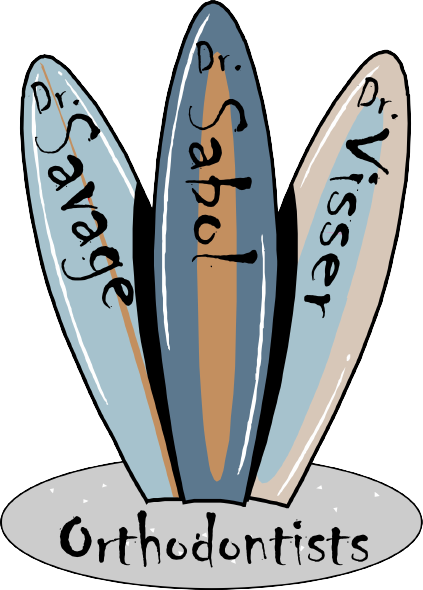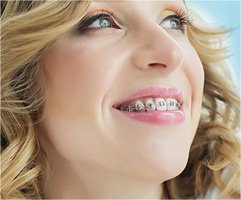 There’s much more to brushing your teeth than just moving your toothbrush all around. Most people know it’s important to adopt short up-and-down strokes. When it comes to proper flossing, however, the proper form is usually a mystery. If you’re like most Americans, you know you should floss daily, but you might not know how or when.
There’s much more to brushing your teeth than just moving your toothbrush all around. Most people know it’s important to adopt short up-and-down strokes. When it comes to proper flossing, however, the proper form is usually a mystery. If you’re like most Americans, you know you should floss daily, but you might not know how or when.
After all, the extent of your teeth-flossing education was probably a vague tutorial on oral hygiene years ago, not by your dentist but by the hygienist. It was always scheduled at the end of your dentist visit, when everyone was rushing and prepping for the next patient. As a result, we’re left with a nation of earnest people who really want to floss their teeth properly, they’re just not sure how.
The History Of Dental Floss
Dental floss was invented in 1815 by a Louisiana dentist who used silk thread, making dental floss about 200 years old. The first dental floss came from the same silky thread used by surgeons of the day for stitching up wounds. By the 1940s, nylon had replaced silk as the material of choice for dental floss, because it’s stronger and less likely to shred. Soon after, the nylon floss was coated with wax. Today, there are entire store aisles devoted to oral care, and there’s a wide variety of dental floss, dental tapes and flossing tools to suit your needs and your preferences.
The Definitive Guide To Flossing
• Start with 18 inches of floss, winding most of it around each middle finger. Leave about two inches of dental floss to work with.
• Hold the floss tightly between your thumbs and index fingers. Slide the floss gently between your teeth in an up-and-down motion.
• Curve the floss around the base of each tooth. You must go below the gumline, but never force or yank the floss.
• Use new sections of dental floss as you continue moving from tooth to tooth.
• Finally, remove the string by using a back-and-forth motion to lift the floss away from the teeth.
Baby Teeth And Dental Work Need Flossing Too
Braces, bridges and other dental appliances make flossing more difficult, but it’s even more important to keep food particles from getting trapped in your dental work. You can buy special dental floss with stiff ends which can be threaded through wires and brackets, and even dental floss threaders.
To use a floss threader, place an 18-inch piece of dental floss through the loop end and glide the stiff end under the main wire of your dental work or the arch wire. Follow the principles of proper flossing once the floss is in place.
Baby teeth need some love, too. If you have children, start flossing their teeth for them as soon as they sprout touching teeth. Usually, the manual dexterity required for proper flossing doesn’t develop until age 10.
For video instructions on how to properly brush and floss with braces please visit our website at: /patient-care-video/
Why Flossing Is Mandatory
Not only does regular flossing give you a cleaner smile and fresher breath, it can save your heart and add years to your life. It’s true, plaque that is not removed by brushing can turn into tartar and enter your bloodstream, inviting heart disease.
Proper flossing takes the same amount of time as proper brushing, about two or three minutes. If you’re too tired at night, try flossing after lunch or dinner. If you’re too shy to floss in public, wait until you get home. The important thing is to keep on flossing. It will give you something to smile about.













